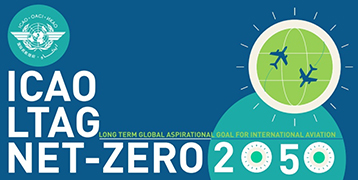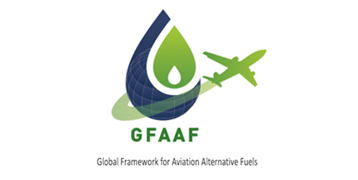Emerging technologies, policies and challenges toward implementing sustainable aviation fuel (SAF)
Biomass and Bioenergy
• Volume 186
(2024)
FEATURED BOOK
As the regulations related to greenhouse gases (GHG) emissions from fuel become stricter, fundamental changes are being effectuated to achieve the Paris Agreement agenda. Since the aviation sector contributes to 2.5 % of the global CO2 emission, it is imperative to tackle this conundrum imminently by reducing the CO2 emission from commercial flights, which are the main contributors to CO2 emission in the aviation sector. Sustainable aviation fuel (SAF) has garnered tremendous attention in achieving carbon neutrality in the aviation sector. SAF is a suitable alternative since little to no modification of the aircraft is required for SAF usage. There are many challenges when it comes to implementing the use of SAF, including the large-scale production of SAF and the cost associated with the production of SAF. Therefore, this paper aims to provide an overview of various factors related to the global implementation of SAF, considering the latest supporting policy frameworks and from the perspective of feedstock. It examines how existing SAF pathways contribute to large-scale production and explores the role of emerging technologies—from potential feedstocks to the latest advancements. The paper delves into several emerging technologies, including hydrothermal liquefaction, aqueous phase reforming, pyrolysis, and photofermentation, discussing their potential in SAF production and the challenges they present. Furthermore, this paper analyses the life cycle assessment (LCA) and the techno-economic analysis (TEA) of different feedstocks and processes for SAF production.
Renewable fuel; Emerging technologies; SAF policies; Life cycle assessment; Techno-economic analvsis
2 total downloads



 Back
Back



